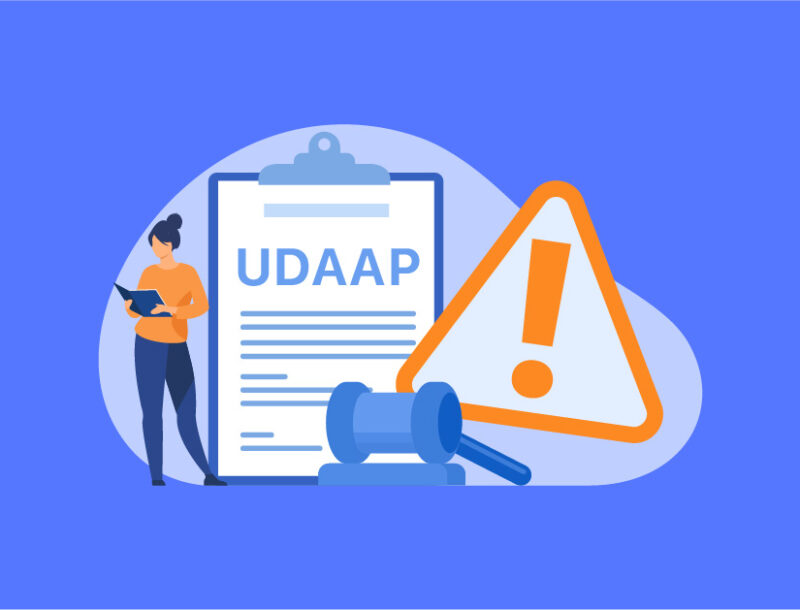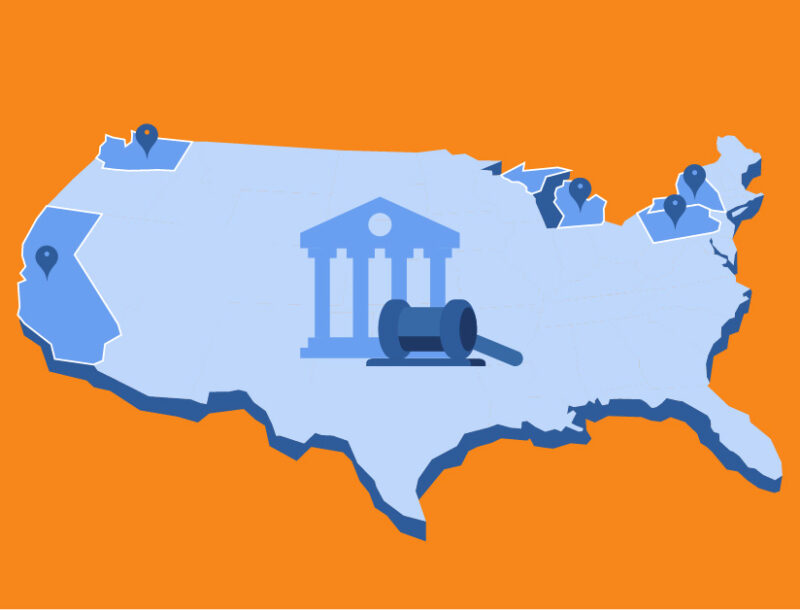A Look at How the CFPB Is Promoting Innovation in the Financial Services Marketplace

Please note that this article was written in 2019 and some information included may be outdated.
Created just over a year ago, the Consumer Financial Protection Bureau’s (CFPB) Office of Innovation’s mission is to “promote innovation, competition and consumer access within financial services.” Led by Director Paul Watkins, The Office of Innovation (OI) has recently been stepping up their efforts to fulfill this directive with several initiatives to help accelerate the positive impacts of innovation. With so many new policies, networks and sprints, here’s a breakdown of what exactly the CFPB has been up to.
New and Updated Policies
Compliance Assistance Sandbox (CAS)
Sandboxes allow for the testing of a financial product or service where there is regulatory uncertainty and are meant to facilitate innovation in highly regulated spaces-like the financial services industry. With the CFPB’s updated CAS policy, those participating will be provided a “safe harbor” from liability for specified conduct during the testing period. However, as Watkins mentioned in a recent webinar with Ballard Spahr, “having a sandbox does not mean you can market your product deceptively.” Those participating still remain subject to supervision, must report about the effects of their product or service and are responsible for compensating consumers for substantial injury under Dodd-Frank.
Trial Disclosure Program (TDP)
The updated TDP policy allows companies to conduct in-market testing of alternative disclosures and streamlines the application and review process. This policy means that companies can obtain another “safe harbor” for testing trial disclosures that improve upon existing disclosures during a specified period of time. Like the CAS policy, those participating must report to the Bureau on the effects of the trial disclosures.
No Action Letter (NAL)
No Action Letters (NALs) provide increased regulatory certainty by allowing companies to provide products or services under certain circumstances without the Bureau bringing a supervisory or enforcement action against them. The new NAL policy improves on the Bureau’s previous policy by having a more streamlined review process that focuses on the consumer benefits and risks of the products or services. Watkins discussed the Bureau’s proposed policies to accelerate the positive impacts of innovation, including their No Action Letter (NAL) policy, during COMPLY2019-watch the full video on-demand for more insights.
Innovation Networks
Global Financial Innovation Network (GFIN)
The Global Financial Innovation Network’s (GFIN) was created in January 2019 with the purpose to “provide a more efficient way for firms to interact with regulators as they seek to develop, execute and distribute new innovations.” The CFPB is a coordinating member of the GFIN and is currently the only U.S. member out of 29 participating regulatory agencies. The CFPB’s Office of Innovation works with international regulators by collaborating together to promote innovation in the financial services marketplace as well as regulatory best practices.
American Consumer Financial Innovation Network (ACFIN)
The American Consumer Financial Innovation Network (ACFIN), launched in September by the CFPB, was created to enhance coordination among federal and state regulators in order to facilitate financial innovation within the U.S. Members of the ACFIN all share common objectives, such as competition, consumer access and financial inclusion in the marketplace. The network also provides regulatory certainty and ensures that innovations are free from fraud, discrimination and deceptive practices. All federal and state regulators are invited to join this network and the CFPB is continuing to encourage them to do so.
Tech Sprints
The CFPB recently filed a notice in the Federal Register requesting comments on Tech Sprints until November 8, 2019. According to the notice, “the Bureau is exploring Tech Sprints as a model for collaborative innovation” for many different purposes, including to leverage cloud solutions to reduce the need for data transfer to the Bureau; innovate HMDA data submission, processing and publication, identify new technologies to provide more cost-effective oversight and evaluation of risk, and to reduce other unwarranted regulatory compliance burdens.


